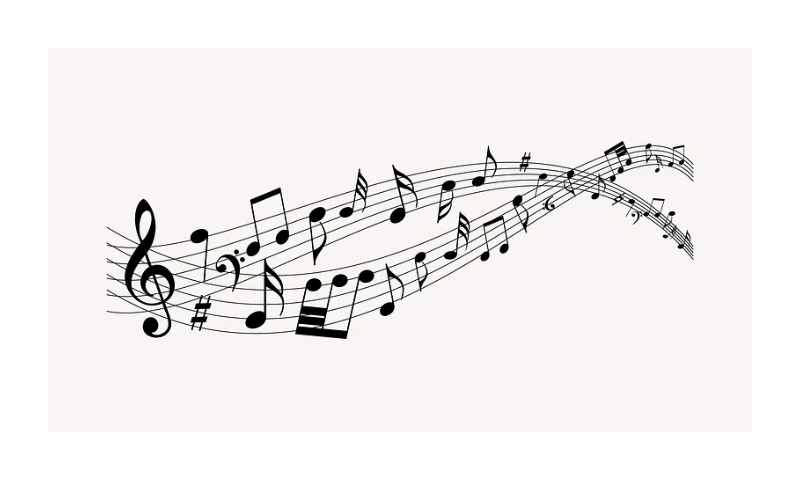Shiela Tulier Keiter
Jewish Review of Books, Apr. 2, 2025
“Whose idea was it to read the book in shul? And why don’t Sephardim, who also inherited the allegorical reading, read Song of Songs on Passover?”
Whose idea was it to read the Song of Songs on Shabbat Chol Hamoed, the Sabbath that falls during the interim days of Passover? Are the extended Shabbat-holiday prayers not long enough? Having grown up in Ashkenazi synagogues, I am used to it—and even enjoy the vivid poetic interlude—but I never fully understood why we do it, and why Sephardim don’t.
Only Ashkenazim read all five megillot in synagogue over the course of the year: Song of Songs on Passover, Ruth on Shavuot, Lamentations on the Ninth of Av, Ecclesiastes on Sukkot, and Esther on Purim. Some of these pairings are obvious and universal. Esther, the source of the Purim story, and Lamentations, which remembers the destruction of the First Temple, are particularly apt for their holidays.
However, Ashkenazim are unique in reading the other three megillot when they do. Megillat Ruth, whose events center around the barley harvest, fits nicely with Shavuot, which is, first of all, a barley harvest festival. The connection of Ecclesiastes and Song of Songs to their designated holidays is much less clear. Ecclesiastes, the cynical and sometimes blasphemous musings of Kohelet, has no clear connection to Sukkot. Song of Songs, a series of love poems set throughout the land of Israel, makes occasional references to springtime but bears no obvious relationship to Passover or the exodus from Egypt. It is almost as if the megillot and holidays were students in biology class and all the other students quickly found their preferred lab partners, leaving the teacher to pair up the strays.
The answer we all know from pulpit sermons, Artscroll, and elsewhere is that the newfound love celebrated by the Song is an allegory for the love between God and Israel, a relationship that began at the Exodus, before being consummated at Sinai. Of course, that leaves us doing exegetical gymnastics to avoid the plain meaning of verses such as Song 1:2: “Oh, give me of the kisses of your mouth / For your love is more delightful than wine,” as well as Song 3:4:
I held him fast, I would not let him go
Till I brought him to my mother’s house,
To the chamber of her who conceived me. ….SOURCE


